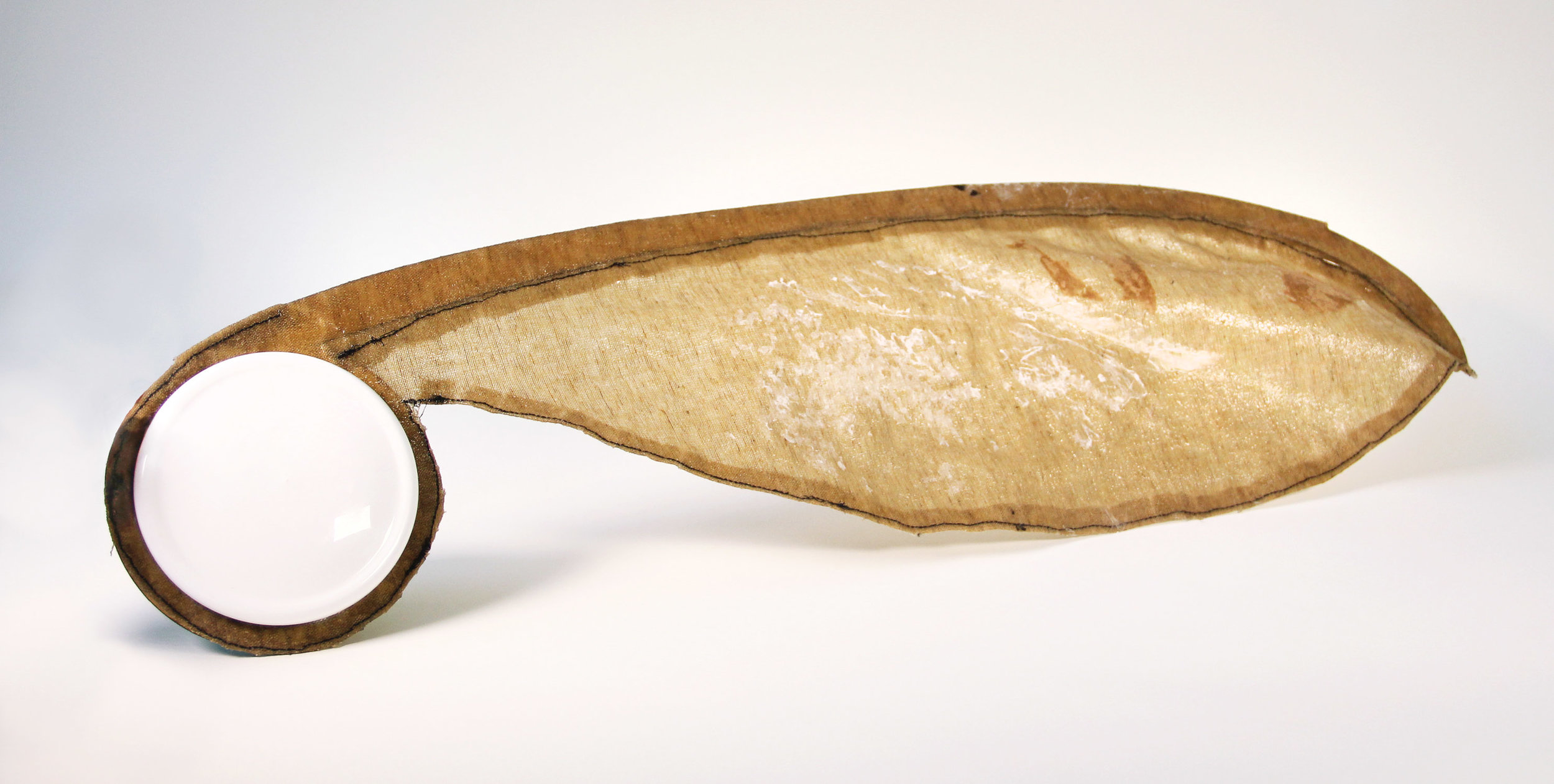PUM
Bio-inspired Aerial delivery
RANGE OF WORK
Product Design, Systems Design, Bio-inspired
ABOUT
Pum is a bioinspired airdrop device for relief packages, modeled after monowing maple seeds. It is aimed at addressing the problem of accessing restricted regions to deliver aid to refugees, displaced peoples, and those in need.
Challenge
Deliver food, medicine, water, and supplies to in need in remote and war-torn regions, with minimal environmental impact and risk, and finally, land materials precisely, in a half a mile radius.
Design: Working With Appropriate Materials
Pum is a bioinspired airdrop device for relief packages, modeled after monowing maple seeds. Pum, like maple seeds, falls slowly and lands gently within a predictable location. This functionality offers a way to keep food relief and medical supplies from being damaged or blown into inaccessible areas. Pum's wing is biodegradable, waterproof, and cheap to manufacture. The prototype is built with only a simple laser cut pattern, a composite wood-based resin over canvas, and a reusable storage container. The materials are easy to find anywhere in the world, inexpensive, biodegrade, and are multi-functional.
Potential impact in humanitarian crisis
The over 60 million people in the world who are currently displaced refugees are most often victims of war, environmental disaster, or government-mandated statelessness. Displacements like these often result in food shortages which are expensive and difficult to remedy, often in some of the most difficult terrain on earth. Traditional methods of food and supply delivery are expensive and high-risk, largely due to the open warfare that may lie between much-needed supplies and those in need. Traditional methods of airdropping supplies tend to be expensive, and because they are concentrated, if one package is lost, all is lost. Pum spreads the risk of package loss over a large number of biodegradable and reusable packages. They drop accurately and predictably, thanks to the monowing design.
Research Inspiration
Our first source paper came to the conclusion that maple seeds autogyrate due to the asymmetry of their shape, and not necessarily because of the surface area or shape of the wing.
The second paper came to the conclusion that maple seeds generate lift by creating leading edge vortices, much like hummingbirds and bats do for flight.
Process
Poster
Collaborators
Lina Jemili: User research, sewing and fabrication, business modeling, testing assistant
Julia Solano: 3D modeling, fabrication, testing assistant, visual design
Maggie George: Concept, design sketches, fabrication (resin), experimental design and testing, visual design





